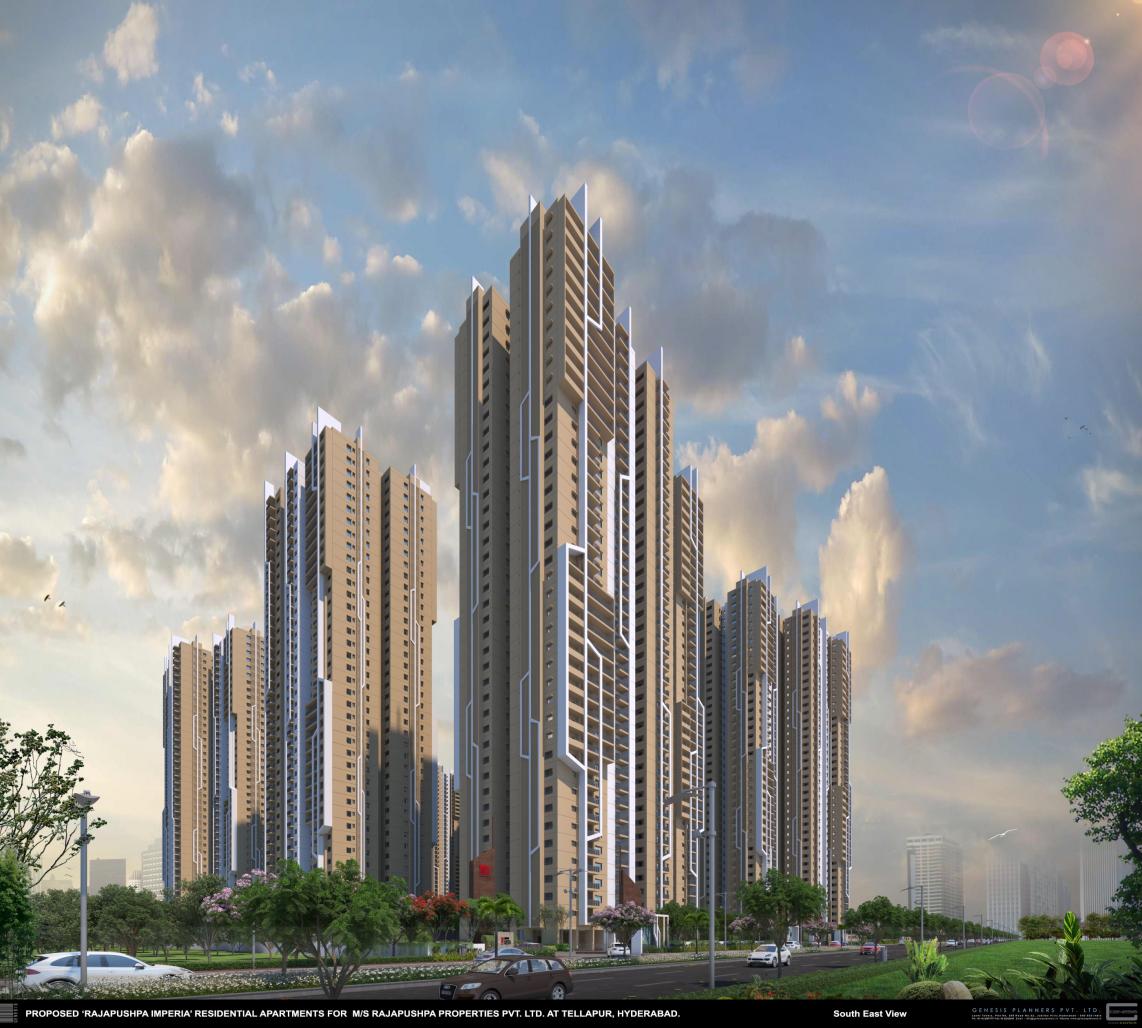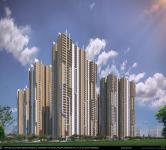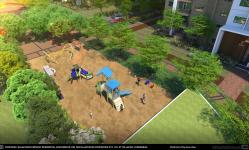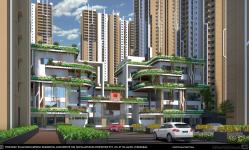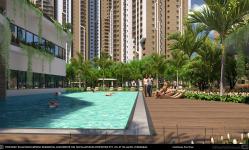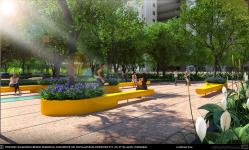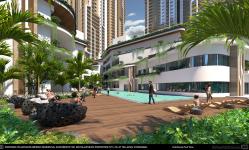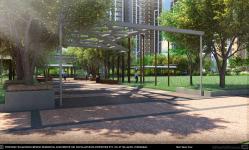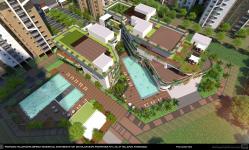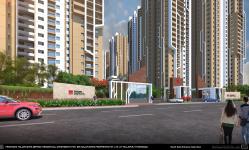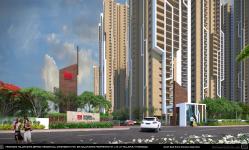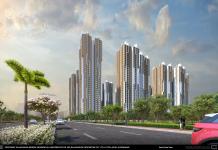RAJAPUSHPA IMPERIA Landscape, building height, location, nature, and design are all essential components of urban development that require careful consideration to create sustainable and livable spaces. Each of these elements plays a crucial role in shaping the character and functionality of urban areas.
Landscape design is a critical component of urban development as it provides a sense of place and identity to the built environment. It must be designed to be sensitive to the local ecology and incorporate natural features such as wetlands, trees, and water bodies. Moreover, landscape design must be sustainable in the long run, and should evolve with time.
Building height is another significant factor that needs to be taken into account during urban development. It impacts the surrounding area, affecting sunlight and wind patterns, views, and the character of the neighborhood. High-rise buildings must be designed to be environmentally sustainable and minimize their impact on the surrounding area.
Location is a crucial factor that can influence the success of an urban development project. Developers must evaluate the location of their projects and ensure that they are well connected to the existing urban fabric. They must also consider the social and economic factors of the area, such as the availability of jobs and services.
Nature is an essential component of urban development as it provides a sense of place and identity to the built environment. Incorporating natural features such as wetlands, trees, and water bodies into urban development projects can provide numerous benefits, including improved air quality, reduced heat island effect, and improved biodiversity.
Design is the final component that ties together all the elements of urban development. It must be carefully considered to ensure that it is functional, aesthetically pleasing, and sustainable. Designers must consider the environmental impacts of their designs and incorporate sustainable features such as green roofs, solar panels, and passive cooling strategies. The design must also incorporate the needs of the community, including accessibility, safety, and social spaces.
Green building practices can include using materials that are environmentally friendly, optimizing building orientation for energy efficiency, implementing efficient heating and cooling systems, utilizing renewable energy sources such as solar panels or wind turbines, and incorporating green roofs and walls.
By incorporating green building practices into urban development projects, we can reduce the carbon footprint of buildings and promote a more sustainable built environment. Green buildings can also lead to improved indoor air quality, increased energy efficiency, and reduced operating costs for building owners and tenants.
When considering landscape, building height, location, nature, and design in urban development, it is essential to also incorporate green building practices. By doing so, we can create urban areas that are not only functional, aesthetically pleasing, and sustainable, but also environmentally responsible.
2021
Site Area-24 Acres
Built-up Area-6.4 million Sft.
No of Floors-2B S 40 Floors
Height of the Building-120 Metres
Ar. Chandra Shekar & Others
